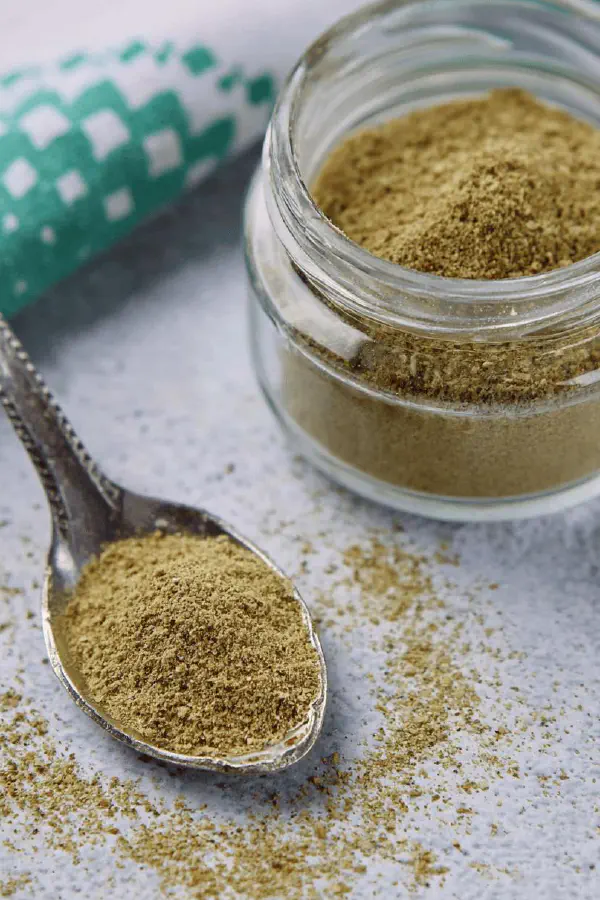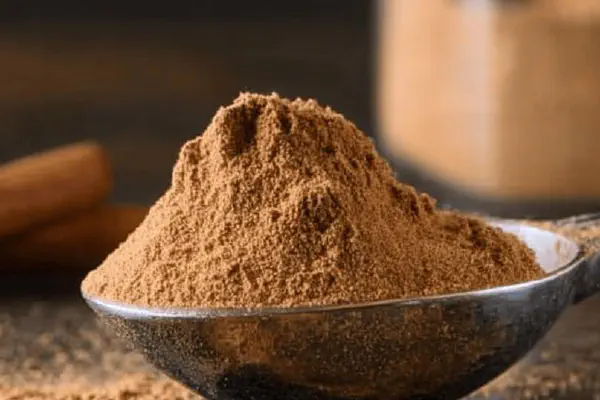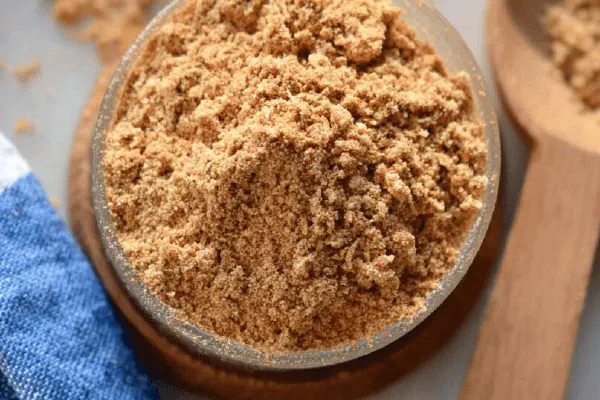Featured Recipe
Custom Poultry Blend

By Kate
"
Homemade poultry blend with altered quantities and swapped spices for deeper aroma. Thyme and sage replaced by marjoram and rosemary. Uses smaller amounts of nutmeg and pepper for subtle balance. Add a pinch of smoked paprika for a savory twist. Mix coarse then grind fine for versatile use. No measuring perfection, rely on scent and color cues. Stores well in airtight container. Works for chicken, turkey, duck. Substitutions and timing notes included to avoid common pitfalls.
"
Prep:
6 min
Cook:
0 min
Total:
6 min
Serves:
2 servings
spices
poultry
homemade
American cuisine
Introduction
You want control in your spice mix. Knowing what each herb does, when it hits the pan, and how it smells at every stage. No wild guesses. Swap out sage and thyme for marjoram and rosemary — they add a piney freshness and earthy depth. Sprinkle in just half as much black pepper and nutmeg, the warming notes mellow but still punch through. Smoked paprika screws the whole thing up if too much, but a touch wakes the senses, gives a fire-night vibe. Grind coarse or fine to suit your method, but keep texture consistent. Freshly ground always better than store-bought stale dust. Store properly or it’ll flatten flavors. You want the smell to jump out before even touching the bird. That’s when you know it’s ready.
Ingredients
About the ingredients
Dried parsley forms the base — bright green, slightly grassy, picks up others without stealing the show. Marjoram and rosemary both replace traditional thyme and sage but approach from sharper angles — rosemary lends resinous notes, marjoram softens with floral highs. Basil adds a sweet peppery undertone. Nutmeg and pepper in smaller doses balance warmth and bite — careful with nutmeg, it’s potent. Dried onion flakes add savory weight without being overpowering. Smoked paprika is optional but recommended; for smoky, subtle heat. Substitutes: chipotle powder for more fire, smoked sea salt as finishing touch, or lemon zest for brightness if you want to brighten instead of deepen. Ditch paprika altogether if you don’t like smoky flavors, replace with ground coriander for citrus aroma. Always toast whole dried herbs briefly if stale before grinding, brings oils forward and improves aroma. Keep away from humidity and sunlight. Store in a sealed jar, preferably glass with a rubber gasket.
Method
Technique Tips
No rush mixing spices. Start coarse to test scent strength, grind progressively finer until balanced aroma is clear but not muted. Pulsing avoids overheating and oiling up powders which clump. Finely ground mix sticks better but can burn if exposed on skin — keep an eye for darkening. When applying, pat poultry dry first to help adherence. Massage spices lightly to avoid flaking off during cooking. Waiting 10–15 minutes before heat lets herbs swell and oils release, yields fuller flavor. Visual check during roasting, skin changes from pale to gold to deeper brown with herb spots crisp. If spotted black, seasoning is burning. Avoid this by mixing with oil or butter for fat barrier. Works well rubbed under skin or in cavity too for infused flavor. Store leftovers tightly sealed, revive aroma with twirl in hot pan briefly before next use if stale. Common mistake — using powdered herbs bought old. Grind fresh or toast stale herbs to revive before blending.
Chef's Notes
- 💡 Spices need time. Blend gently to test aromas. Big batch? Start coarse, go fine gradually. Monitor scents as you pulse. Keep it as less than powdery — allows herbs’ oils to shine.
- 💡 Texture is crucial. Too chunky won’t adhere. Too fine, it burns. Rest poultry post seasoning. Ten minutes helps oils release. Flavors bloom. Smell shifts from raw to fragrant.
- 💡 Watch for color changes in cooking. Herbs react — darken but don’t scorch. Paprika, use it wisely. Too much? Bitterness creeps in. Mix with a bit of oil if needed.
- 💡 Adjust for freshness. Using stale herbs? Lightly toast them before grinding. Boost aroma significantly. Don't let humidity ruin your blend. Seal tightly, keep dry and dark.
- 💡 Substitute spices knowing the outcome. Chipotle for heat, smoked salt for depth. No smoked flavors at all? Swap out with lemon zest or coriander — brings a bright touch.
Kitchen Wisdom
What if my herbs are stale?
Toast them quickly before grinding. Releases oils. Revives aroma but — don’t burn. Test scent before mixing.
How do I store the blend?
Airtight glass jar works. Avoid heat, light. Can last three months. Label date for freshness. Revive by warming, brief in a pan.
How much seasoning should I use?
Even sprinkle or rub under skin. Let sit. Too much in spots? Clumping can burn. Check visuals as poultry cooks.
Can I use other herbs?
Yes. Thyme or sage can swap back. Alter amounts for balance. Flavor shifts. Adjust to your liking — flavor mapping here.



